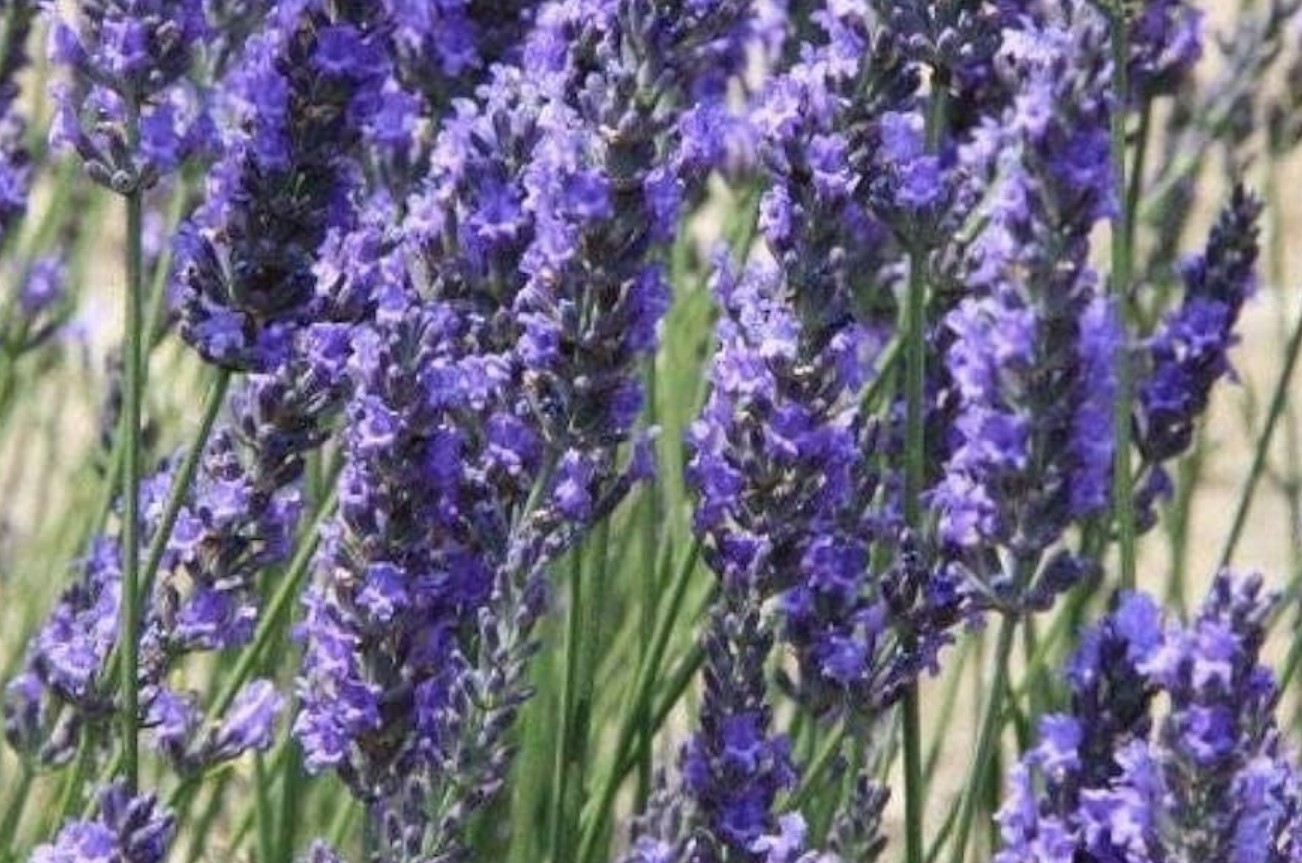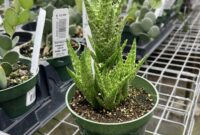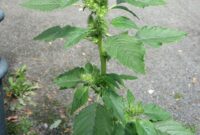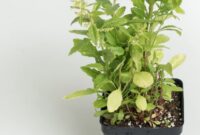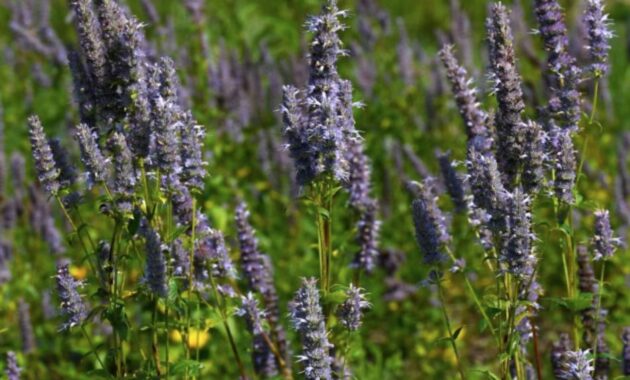
Lavandula latifolia, often referred to as spike lavender or broadleaf lavender, is a robust and aromatic herb with a wide range of uses, from culinary and cosmetic applications to medicinal and therapeutic benefits. This lavender species is known for its distinct, pungent fragrance and its ability to thrive in various climates.
What is Lavandula Latifolia?
Lavandula latifolia is a perennial herb native to the Mediterranean region. It is characterized by its tall, woody stems and its broad, silvery-green leaves. Unlike its more common cousin, Lavandula angustifolia (English lavender), L. latifolia boasts a stronger, more camphorous scent.
Lavandula Latifolia Benefits and Uses
Lavandula latifolia offers a plethora of benefits, both physically and mentally. Here are some of its key uses:
- Essential Oil: Lavandula latifolia essential oil is highly prized for its therapeutic properties. It is often used in aromatherapy to reduce stress, anxiety, and insomnia.
- Medicinal Uses: This lavender species has been used in traditional medicine to treat various ailments, including headaches, migraines, and respiratory infections.
- Aromatherapy: The invigorating scent of L. latifolia makes it an excellent choice for aromatherapy. It can help improve mood, focus, and overall well-being.
- Culinary Applications: While not as commonly used as English lavender in cooking, L. latifolia can add a unique flavor to dishes, especially desserts and herbal teas.
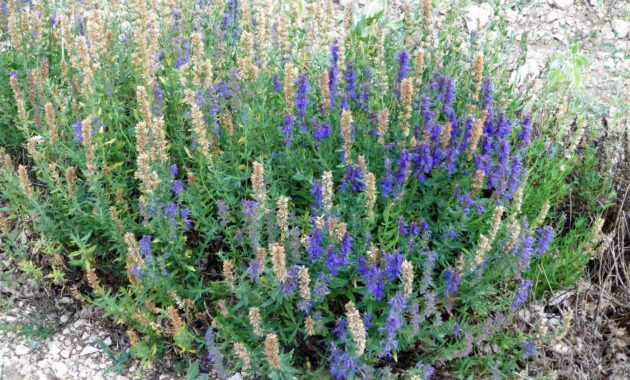
How to Grow Lavandula Latifolia
Growing Lavandula latifolia is relatively easy, especially in warm, sunny climates. Here are some tips for successful cultivation:
- Sunlight: L. latifolia thrives in full sun.
- Soil: Well-draining soil is essential.
- Watering: Water regularly, but avoid overwatering.
- Pruning: Prune after flowering to encourage bushier growth.
- Winter Protection: In colder climates, provide winter protection to prevent frost damage.
Lavandula Latifolia vs. Lavandula Angustifolia
While both L. latifolia and L. angustifolia belong to the same genus, they have distinct characteristics:
- Scent: L. latifolia has a stronger, more camphorous scent compared to the sweeter, floral scent of L. angustifolia.
- Appearance: L. latifolia has broader leaves and taller stems than L. angustifolia.
- Hardiness: L. latifolia is generally more hardy and can tolerate colder temperatures.
Lavandula Latifolia Care Tips
To keep your Lavandula latifolia plants healthy and thriving, follow these care tips:
- Regular Watering: Water deeply and infrequently, allowing the soil to dry out slightly between waterings.
- Fertilizing: Fertilize lightly in spring with a balanced fertilizer.
- Pest and Disease Control: Monitor for pests like aphids and spider mites. Treat promptly if necessary.
- Pruning: Prune regularly to maintain shape and encourage new growth.
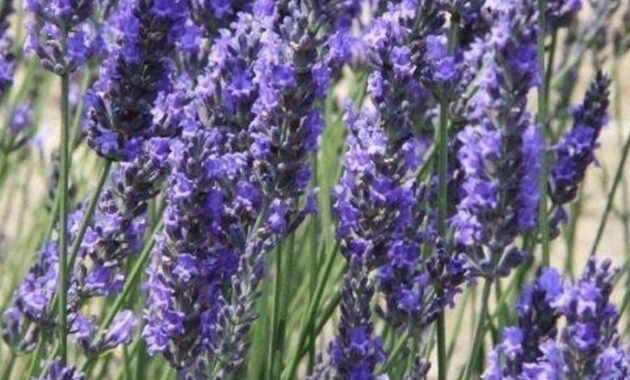
Conclusion
Lavandula latifolia is a versatile herb with a wide range of benefits. Whether you’re using it for its essential oil, culinary applications, or medicinal properties, this hardy plant is sure to impress. By following the tips provided, you can successfully grow and enjoy the many benefits of Lavandula latifolia.
FAQs
- Can I use Lavandula latifolia essential oil directly on my skin?
It’s best to dilute Lavandula latifolia essential oil with a carrier oil before applying it to your skin. This can help prevent skin irritation. - How often should I water my Lavandula latifolia plants?
Water your Lavandula latifolia plants deeply once or twice a week, depending on the weather and soil conditions. Avoid overwatering, as this can lead to root rot. - Can I grow Lavandula latifolia indoors?
While it’s possible to grow Lavandula latifolia indoors, it’s best suited for outdoor cultivation. However, you can try growing it in a sunny windowsill or under artificial grow lights. - What are the main health benefits of Lavandula latifolia essential oil?
Lavandula latifolia essential oil is known for its calming and relaxing properties. It can help reduce stress, anxiety, and insomnia. It may also help alleviate headaches, migraines, and respiratory infections. - How can I use Lavandula latifolia in my daily routine?
You can incorporate Lavandula latifolia into your daily routine in various ways. You can use the essential oil in aromatherapy, add dried lavender flowers to potpourri or herbal teas, or use fresh lavender to garnish dishes.
